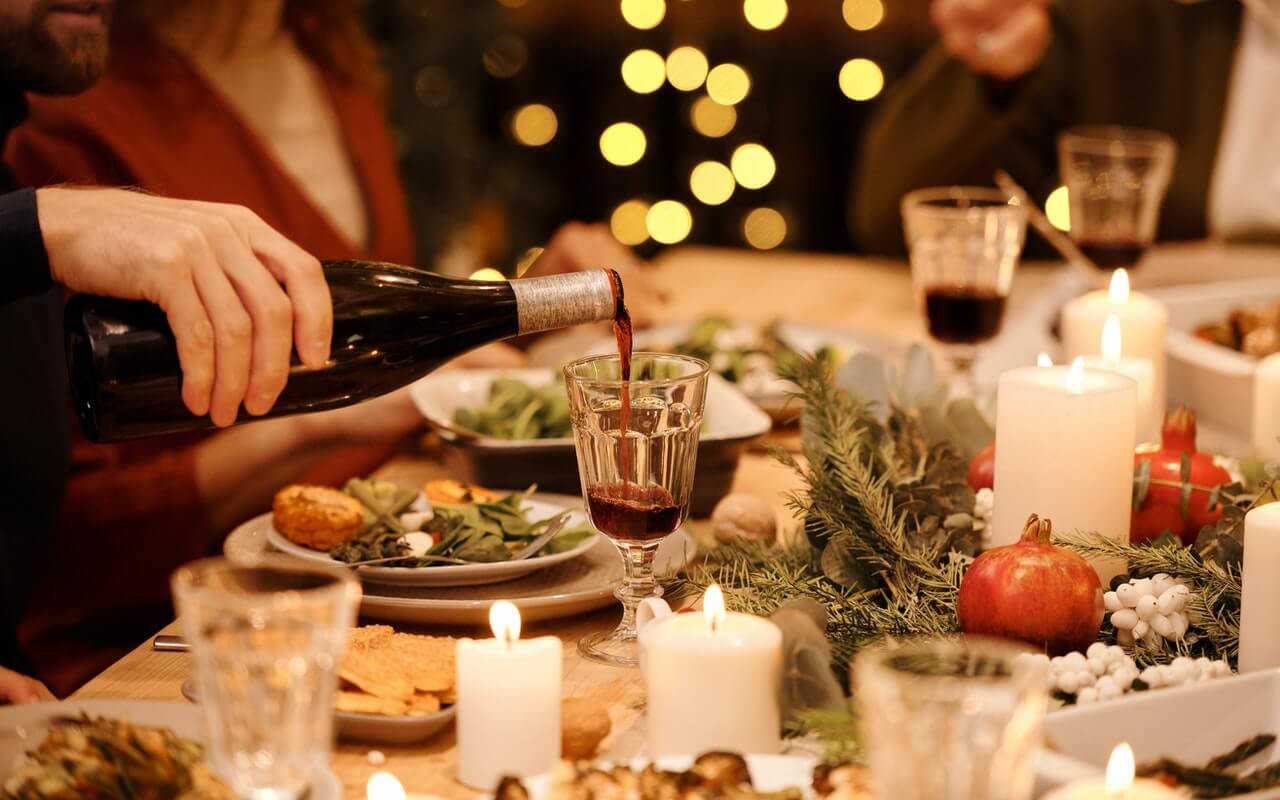A chill in the air, merriment in the heart, hope and anticipation as a year draws to a close, and shoppers scrambling for decorations, clothes, shoes, and sweets! That describes the wonder that surrounds everybody when December arrives! Synonymous with candy and cake, Christmas makes every one of us go overboard as sweetness abounds! And then, when the New Year sets in, alarm bells are raised as sugar levels skyrocket and lipid tests throw up saddening results.
Why cause chaos at the start of a jubilant year owing to easily avoidable snack table misdemeanors? So, let’s begin by understanding the health problems associated with eating sweets…. a little information can go a long way in preventing disaster!
Sugar and fat are the main ingredients used in sweet preparation, and everybody is well-aware of the repercussions of excessive consumption of these foods. Weight issues, disordered lipid and carbohydrate metabolism, and indigestion are common complaints that accompany eating extra amounts of fat- and sugar-laden foods for days and weeks at a stretch, as is want to happen during the fortnight-long Christmas festivities.
Quantifying a “too much” description is dependent upon the non-festive eating behaviors and patterns of the individual. Somebody adapted to eating a dessert once in ten days will react differently to an overload of Christmas sweets from one who is habituated to eating sweets on a daily basis; an individual who eats one serving of a sweet per day will find it suffocating to eat 3-4 servings at a time compared to somebody who has been eating a dessert after every meal for years together.
Gauging, therefore, what is “too much” for you would depend on your medical condition, your age, your activity pattern, and your dietary habits. As a general rule, though, try and restrict yourself to consuming a maximum of 300 kcal from sweets per day, while, of course, keeping an eye out on the savory foods that weigh down your table! To help you, here’s a nutrient dissection of oft-eaten Christmas sweets…..
- 1 piece of Ghos/ Aranhas/Pinagre/Milk Toffee contribute 60-80 kcal to a diet
- A slice of Cake (fruit/chocolate/marble) would provide anywhere between 150-250 kcal; cakes with frosting/icing will pile on an additional 100-200 kcal
- 10 Kulkuls, 1 (big) Neureo, 1 diamond of Doce, 1 Bolinha, and a slice (2×2 inches) of Dodol and Batica is equivalent to 200 kcal
- 1 Chocolate Truffle, 1 slice (2×2 inches) of Bebinca, 8 Marzipans, 10 Jujubes, 2 Nankatais and 1 square of Chocolate fudge provides approximately 200 kcal
If diabetes, weight, and heart issues depress you at this time of the year, balance your sweet intake by choosing fibre-rich meals that include salads and vegetables while ensuring you spread out the consumption of Christmas sweets through the day instead of bingeing on them at any one time in the day.
Remember that meals at this time of the year are also rich in fat; so don’t make the grave mistake of combining sweet and fat at the same time. The season calls for discipline and restraint while allowing yourself to partake in the joy it brings. So don’t let the festivities be a damper when you go in for your health check at the start of the New Year! Exercise caution …. Choose wisely …. Remember portion control….. and let the spirit of the season fill you with love! Merry Christmas!
Photo by Nicole Michalou from Pexels






























